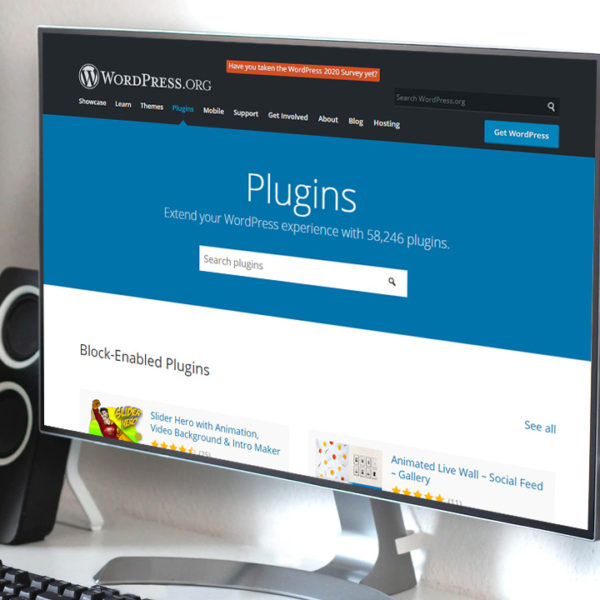As for all typewriting, composing blog posts takes abilities. You should care about the composition of your article and write enticing pieces to keep your audience engaged. If people are enjoying and comprehending a post, they’re far more interested in sharing it with someone – and that’s going to improve your ratings. So, if you’re aiming to increase your scores, strengthen your writing abilities. Begin with these guidelines on how to compose an SEO-friendly with great content blog article!
For others, composing for SEO reasons and composing to please and fascinate the readers sounds like two opposing aims. We strongly disagree with that. Yes, of course, the vocabulary you want to find should be dominant if you’d like an SEO-friendly blog article. Although the over-use of keywords seriously hinders the readability of your document, something you certainly would rather not do. In reality, a high keyword volume might also be a warning to Google that you could be squeezing keywords in your document, and that might adversely impact your search engine ranking.
This post offers advice on creating blog articles that are SEO-friendly and informative. These two objectives should always go side by side as we agree that publishing in an accessible language will give you more viewers and attract them to your website.
WAYS TO CREATE A FANTASTIC SEO-FRIENDLY BLOG ARTICLE:
You need to do keyword analysis before you start publishing. If you want to conquer the search queries, you’ll have to find out which terms the target is currently looking for. These are the things that you should publish and the phrases that you need to have in your document. Once you’ve completed your keyword analysis and have a collection of target keywords to talk about, it’s time for you to compose. Here are some ideas to ensure you end up with a fantastic blog article!
1. THINK BEFORE YOU START COMPOSING:
Before you begin, carefully consider your article’s purpose. What would you like to tell your followers or what kind of major issue would you like to address? What is the intention of your blog post? What would you like your viewers to do at the end of this post? Jot down the replies to all these concerns before you start worrying about what someone may like to do. A simple way to have an overview of this is by taking a look at the search engine results for a query word that you choose to associate with.
2. WRITE IN PARAGRAPHS AND USE HEADLINES:
Everyone is using paragraphs, but not everyone is using them properly. Don’t begin any proper sentence on a new line, only because it looks cool. Also, strive not to keep these too long, as each paragraph must get its concept or topic. Tell yourself what the basic concept of each paragraph is. You must be able to highlight the key concept in one statement. If this is not feasible because you need more phrases to clarify the core point, you actually should use more paragraphs.
Suitable headings also allow people to grasp what a certain section of the content is all about. If you want readers to figure out a way around your posts, use subsections to direct them, enable them to search your website, and explain the layout of your posts. Not only are they necessary for readability, but also SEO. That’s why we would also encourage you to use the keyword in some of the subtitles. We mean any of them because using the phrase in every headline would make the text clumsy and unpleasant. This is going to scare people off going more.
3. INCORPORATE TRANSITION WORDS:
Transition words help users read the message to understand the correlation between sentences and paragraphs. Let’s assume, for example, that there are three reasons people have to buy your stuff. You must use signal phrases like: ‘firstly;’ ‘second’ and ‘lastly.’ Often, terms like ‘although,’ ‘comparably,’ and ‘for instance,’ give the readers a strong signal. Readers will immediately come to an understanding that they have reached the conclusion section after phrases like ‘to summarize’ or ‘in brief.’ For this purpose, transition words are really necessary to bring meaning to your post.
4. MAKE SURE TO USE RELEVANT KEYWORDS:
Squeezing your essay with your target phrase makes reading less appealing, but it can also damage your ratings. Google is advancing rapidly and needs you to compose articles that consumers would enjoy. It doesn’t just need you to include your target keywords in every other statement, and it has other ways to evaluate what your message is all about. One of several aspects that Google knows the subject of your content is to recognize synonyms and other keywords that are connected to your target phrase. That is indeed why you need to use synonyms and similar keywords in your document.
5. CREATE A BACKLINK OF THE PREVIOUS POST:
If you’ve previously published articles on the same subject as your original posting, don’t hesitate to connect to and from these blogs. It’s going to make your latest blog post and current posts better because you’re demonstrating credibility on the topic. Besides, your relation composition is also essential for your Google search results ranking. And let’s not overlook that it’s perfect for your visitors to connect to other articles on the topic, as they might be interested in knowing these similar posts. It lets them travel through your pages.
We label this as an internal connection, and both your followers and Google will appreciate you for that. It lets them monitor your information and appreciate the connection between different material on your web, so take some time to connect to and from your original articles.
CONCLUSION:
The times when a few SEO strategies were more than enough to bring your website to score well with Google are lost forever. Quality content is now the leader. And strong content also adds to more connections, downloads, tweets, and guests returning to the blog. Of course, there will always be other measures you could be doing to maximize the SEO friendliness of your message, but the most critical aspect is to compose very, very great articles!







Leave a Comment